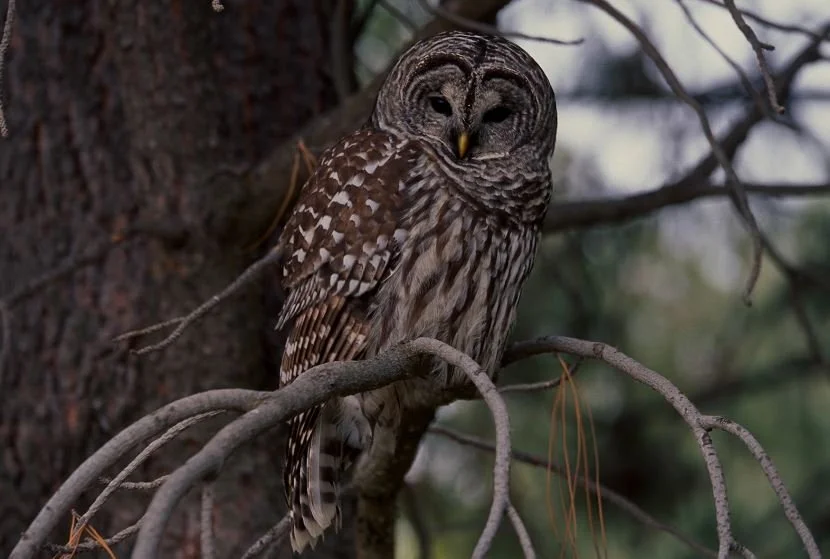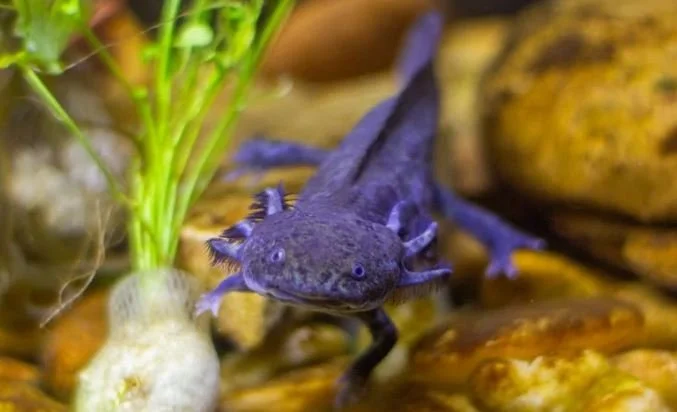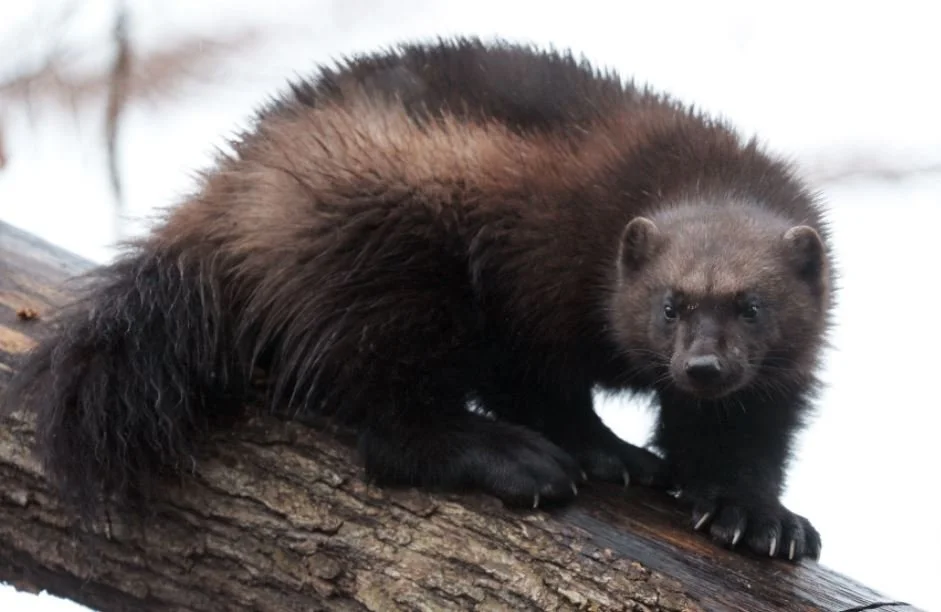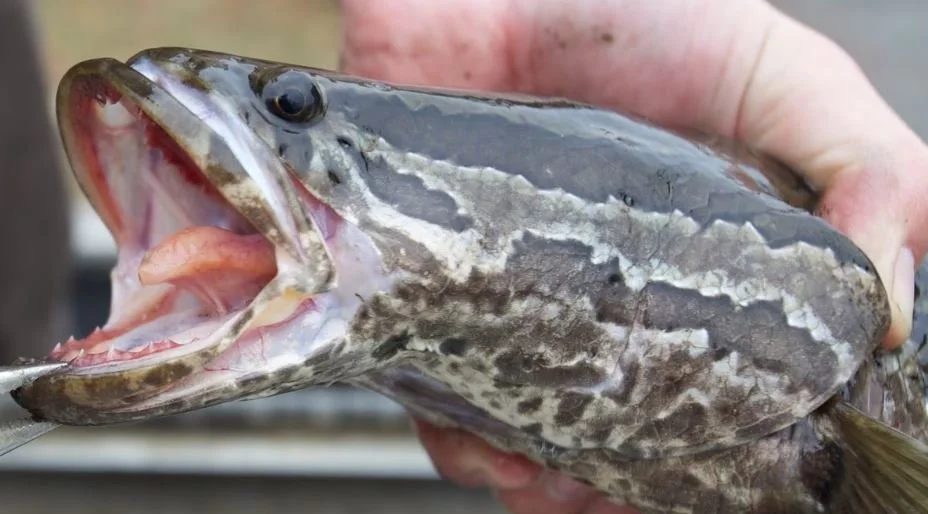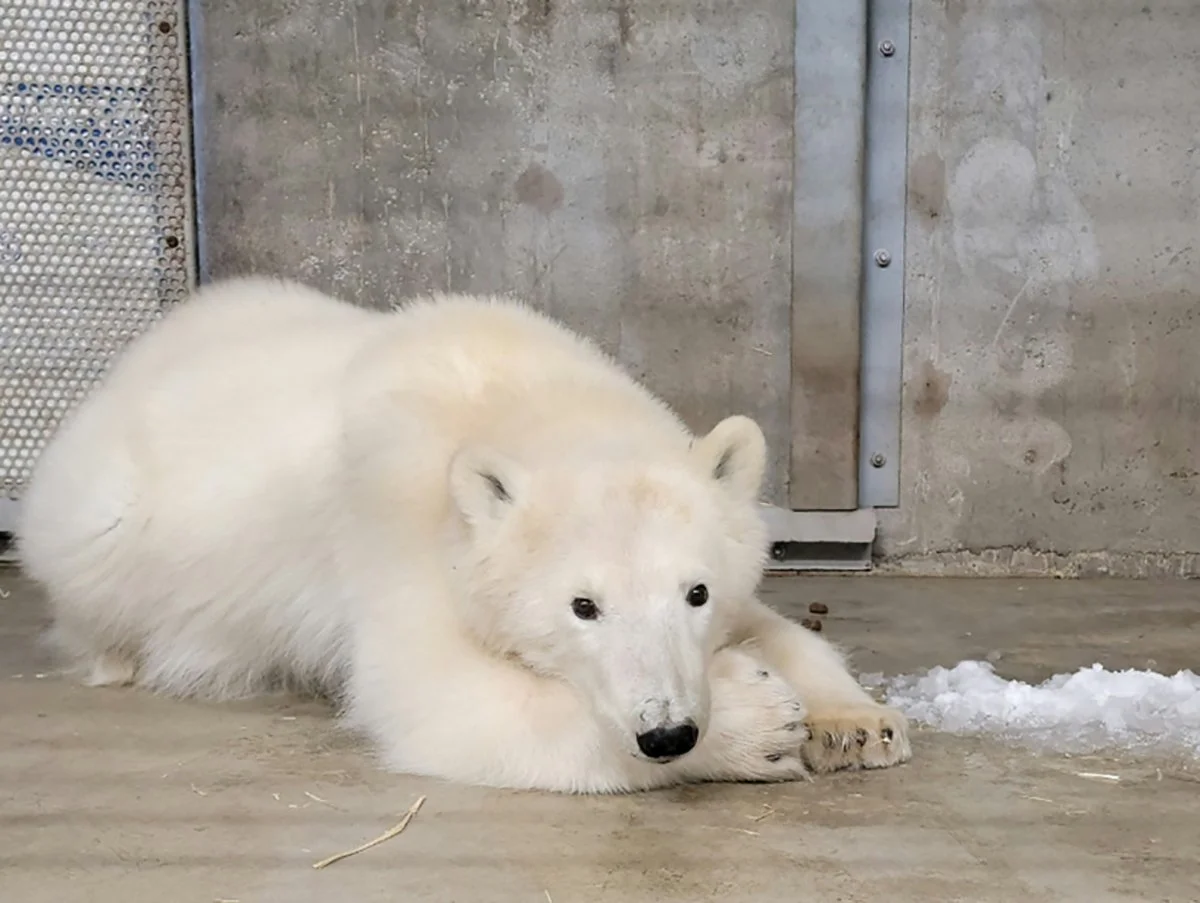The US Fish and Wildlife Service had big plans to cull hundreds of thousands of barred owls in an effort to keep them away from the habitats of an endangered species, the northern spotted owl. Now those plans face bipartisan pushback in Congress.
Hi.
Welcome to my blog.



